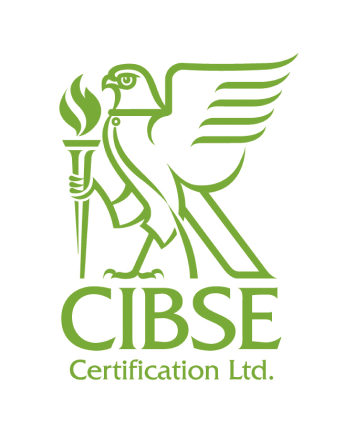Onsite Energy Generation
For an Energy Performance Certificate (EPC) onsite energy generation from renewable technologies (such as solar and wind based systems) will have a positive impact on the asset rating of the building through the reduction of carbon emissions and classified as zero carbon technologies. For the purpose of the asset rating your assessor considers the theoretical performance of the system, not its actual performance.
On Site Renewable Energy (OSR)
Renewable energy sources can be made available on site or produced locally. The benefit of on site production of energy can be seen through the reduction of the carbon emission output from the building. It is important to note that the presence of OSRs does not reduce consumption alone. They only contribute to improved carbon performance. Under the 'energy hierarchy' the reduction of demand and the more efficient use of energy should be considered before the implementation of renewables.
For the purpose of the national calculation methodology (NCM) used to calculate the carbon emissions from buildings on site renewables are technologies that can be installed to generate (or reduce) electricity; or generate heat to be consumed within the building without direct consumption, this section focuses on the technology available to generate electricity and include solar and wind systems.
The sun can be harnessed as solar power and used by solar hot water systems and photovoltaic (PV) systems, both featuring a collection of solar energy through panels located in the direct path of the sun. The energy from the wind can also be harnessed and through the use of turbines mounted near or on a building generate electricity.
On Site Renewable Energy (OSR) Performance
The performance of any OSR source is dependant upon key factors affecting the efficiency of the installed (or proposed) system. For both solar hot water and solar PV these key features are location, area, inclination and orientation, with an optimum location being orientated due south at an incline of 30-40degrees (Source: CIBSE Guide L- Sustainability).
Wind energy is also very dependant upon location, with wind speed being one of the key factors in the efficiency of a turbine. The majority of commercially available wind turbines are rated at a wind speed of 7m/s, however, dependant upon the other key factors of the design the optimum wind speed could in fact be between 2-12m/s. The blade design (horizontal or vertical axis) and diameter all have an effect on the performance of the turbine as does the height of the hub of the axis from floor level.
With the pressure to reduce carbon emission and increase the security of energy supply if renewable technologies are not installed on a building they will almost certainly be considered by the energy assessor for inclusion in the recommendation report . Before the installation of any renewable energy source it is important to carryout a fully detailed feasibility study.
OSR Terms
Photovoltaic (PV)
Photovoltaic or PV is a technology that converts light into electricity through an array of PV cells. There are three types of PV cells currently available; Monocrystalline, Polycrystalline and Thin Film ranging in overall efficiency from 8-14%. The output of a PV array is from a direct current (DC) making a key component in a commercial installation a power inverter to convert to a useable alternating current (ac) voltage.
Solar Hot Water
The heating of water by the sun is an efficient method of obtaining domestic hot water or space heating through underfloor heating. A flat plate collector or evacuated tube system is positioned facing the sun and the fluid (usually a water and antifreeze mix) is pumped into storage or distribution. A well sized installed system can provide up to 60% annual demand.
Turbine (wind)
A turbine is a piece of machinery that creates energy in the form of electricity through rotation incited through another energy source. In the case of the wind turbine the energy from the wind is harnessed and creates the rotation. There are two fundamental types of wind turbine, horizontal and vertical axis. The horizontal types is in line with conventional windmill recognisable by its blade structure. A less common type originally invented in the 1930's is the vertical axis type, beneficial in design as to be effective it does not have to be in the direction of the wind. More information can be found at www.bwea.com/
Further reading
- CIBSE Guide L 'Sustainability'
- CIBSE TM38 'Introduction to renewable energy sources'
- CTV010 'Renewable Energy Sources' available from www.carbontrust.co.uk
- CIBSE Guide F ' Energy Efficiency in Buildings'
- Integrating renewable energy into new developments' London Renewable toolkit available fromwww.london.gov.uk
